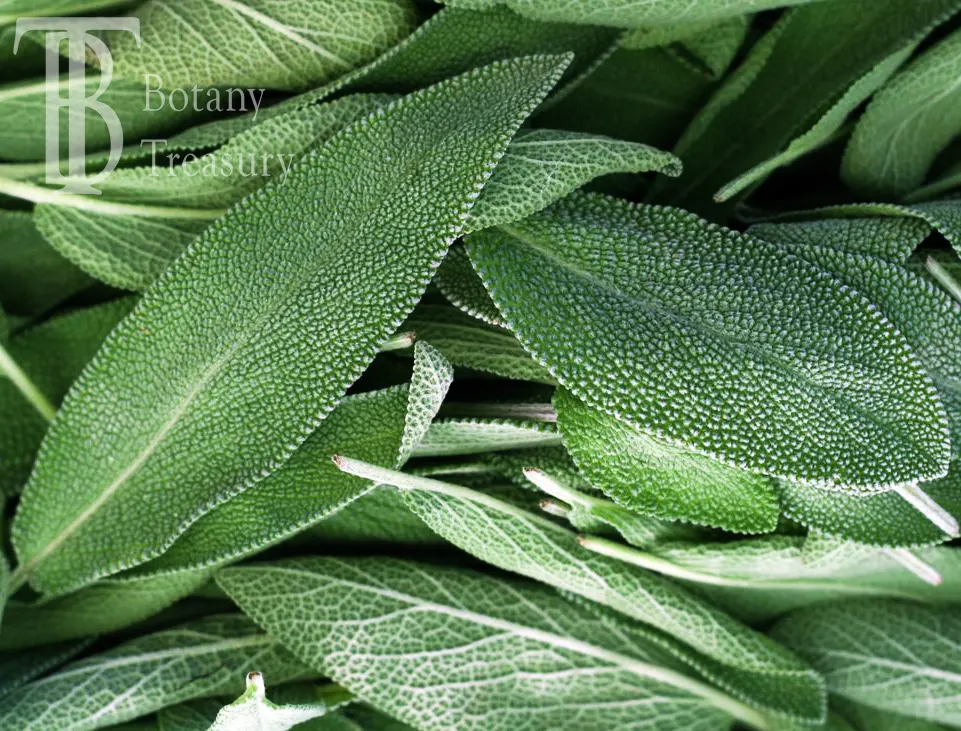
Common sage ; Salvia
Common sage, scientifically known as Salvia officinalis, is a biennial plant with a rich history of traditional uses in herbal medicine. During the flowering season, which typically occurs in late spring to early summer, common sage produces small, blue or purple flowers that attract pollinators such as bees and butterflies. It belongs to the mint family, Lamiaceae, and has been cultivated for centuries for its culinary, medicinal, and ornamental uses. This versatile plant has a long history of use in various cultures and has gained popularity worldwide for its distinctive flavor, aroma, and health benefits.
Active Ingredients:
- Saponins: These compounds are responsible for the plant’s antimicrobial and anti-inflammatory properties.
- Glycosides: These compounds contribute to the plant’s antioxidant and anti-inflammatory effects.
- Flavonoids: Flavonoids like rosmarinic acid and carnosic acid are known for their antioxidant and anti-inflammatory properties.
- Minerals: Common sage contains minerals like calcium, iron, and manganese, which are essential for various bodily functions.
Health Benefits:
Antioxidant and Anti-Inflammatory: Common sage contains antioxidants and anti-inflammatory compounds that help protect against chronic diseases and reduce inflammation.
Digestive Issues: Sage is used to treat digestive problems such as loss of appetite, gas, stomach pain, diarrhea, bloating, and heartburn.
Memory and Cognitive Function: Sage extracts have been shown to improve learning, memory, and information processing in people with mild to moderate Alzheimer’s disease.
Menopausal Symptoms: Sage tea has been used to alleviate menopausal hot flashes and night sweats.
Cancer Prevention: Compounds in sage have been shown to inhibit the growth of cancer cells and may help prevent certain types of cancer.
Skin and Hair Care: Sage has been used topically to soothe and protect skin, as well as to promote healthy hair growth.
Culinary Uses:
One of the most well-known uses of common sage is in the culinary world. The leaves are commonly used fresh or dried in various dishes, adding a savory, slightly peppery flavor to foods. It is a key ingredient in many traditional dishes, such as stuffing for poultry, pork sausages, and various meat dishes. Sage is also used in soups, stews, and sauces, and can be added to breads, cheeses, and even some desserts.
Traditional Uses:
Respiratory Issues: Sage has been used to treat respiratory disorders such as asthma and bronchitis.
Skin and Hair Issues: Sage has been used to treat skin conditions like eczema and acne, as well as hair issues like dandruff and itchy scalp.
Overall, common sage offers a range of health benefits and applications, from antioxidant and anti-inflammatory effects to digestive and cognitive support. Its traditional uses and potential benefits make it a valuable herb in herbal medicine.
Botany Treasury is a leading exporter of high-quality common sage. If you are interested in purchasing common sage for your business, please don’t hesitate to reach out to us.
Linguistic Variations
– Spanish: Salvia
– French: Sauge officinale
– German: Echter Salbei
– Italian: Salvia
